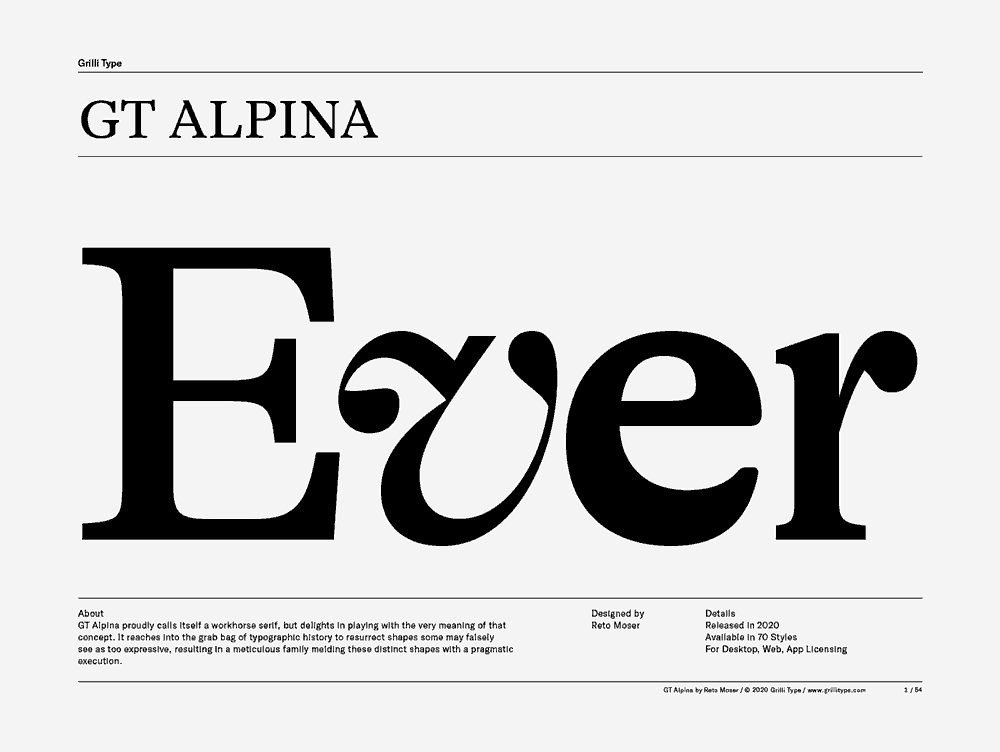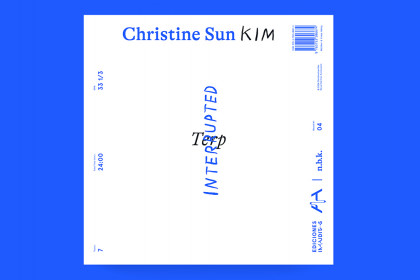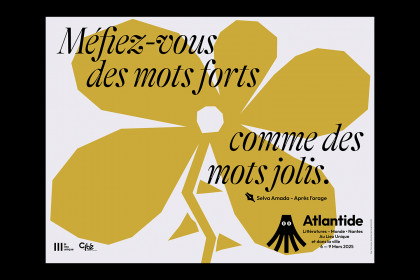GT Alpina
Family overview
- Condensed
- Thin Italic
- Light Italic
- Regular Italic
- Medium Italic
- Bold Italic
- Standard
- Thin Italic
- Light Italic
- Regular Italic
- Medium Italic
- Bold Italic
- Extended
- Thin Italic
- Light Italic
- Regular Italic
- Medium Italic
- Bold Italic
- Fine Condensed
- Thin Italic
- Light Italic
- Regular Italic
- Medium Italic
- Bold Italic
- Fine Standard
- Thin Italic
- Light Italic
- Regular Italic
- Medium Italic
- Bold Italic
- Fine Extended
- Thin Italic
- Light Italic
- Regular Italic
- Medium Italic
- Bold Italic
- Typewriter
- Thin Italic
- Light Italic
- Regular Italic
- Medium Italic
- Bold Italic
Subfamilies
- Standard ThinThe summit was first reached on August 3, 1811, by the Meyer brothers of Aarau and two chamois hunters from Valais.
- Standard Thin ItalicIn 1856 Andrew Waugh announced Everest (then known as Peak XV) as 8,840 m (29,002 ft) high
- Standard LightThe Eiger is a 3,967-metre mountain of the Bernese Alps, overlooking Grindelwald and Lauterbrunnen in the Bernese Oberland of Switzerland.
- Standard Light ItalicThe Tremola San Gottardo, located in the Canton of Ticino, is the longest road monument in Switzerland and is listed in the inventory of the historic Swiss roads
- Standard RegularThe farthest visible point (43 ° 45 ′ 49.8 ″ N, 12 ° 16 ′ 30.8 ″ E) from Piz Bernina is on a ridge
- Standard Regular ItalicTogether with Ernst Reiss he made the first ascent of Lhotse (8,516 m), the fourth highest mountain in the world, on 18 May 1956.
- Standard MediumNiesen is a great small day excursion from Bern. We had a great time. Beautiful views.
- Standard Medium ItalicPeriodicities of ≈2500, ≈1500, and ≈1000 years are generally observed in the North Atlantic.
- Standard BoldErnst Reiss was a member of the 1956 Swiss Everest–Lhotse expedition. At the end of April and start of May, the expedition erected some high camps.
- Standard Bold ItalicIn its most important stretch, over a length of four kilometers it climbs a height of 300 meters in 24 hairpin bends.
- Settings
Typeface information
GT Alpina proudly calls itself a workhorse serif, but delights in playing with the very meaning of that concept. It reaches into the grab bag of typographic history to resurrect shapes some may falsely see as too expressive, resulting in a meticulous family melding these distinct shapes with a pragmatic execution.
Typeface features
OpenType features enable smart typography. You can use these features in most Desktop applications, on the web, and in your mobile apps. Each typeface contains different features. Below are the most important features included in GT Alpina’s fonts:
- SS01
- Alternate J
Jungfrau
- SS02
- Alternate ?
¿Ascensión?
- SS03
- Alternate &
Piz & Palü
- SS04
- Alternate @
M@terhorn
- ONUM
- Oldstyle Figures
0123456789
- SMCP
- Small Caps
Greina Pass
Typeface Minisite
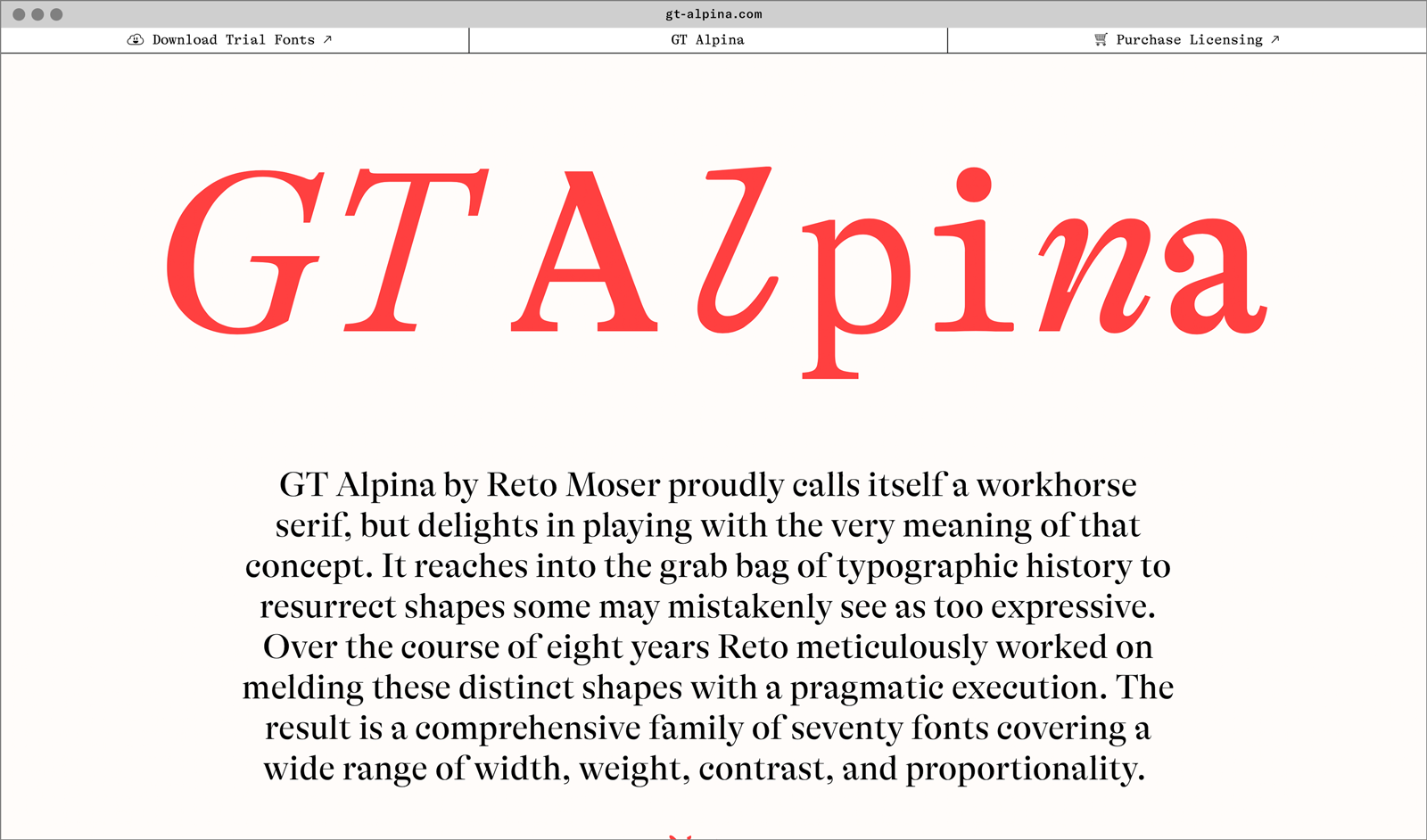
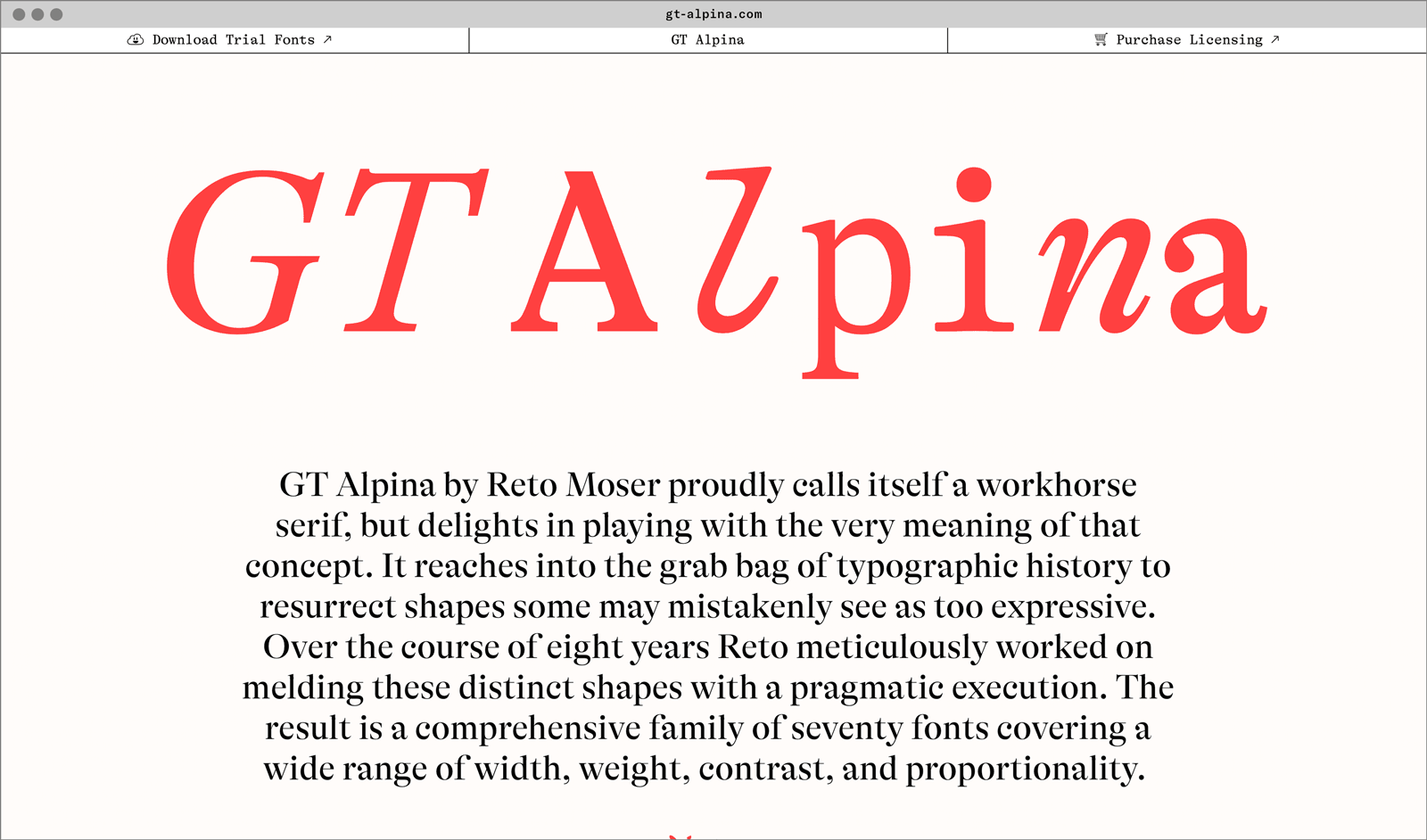
- Visit the GT Alpina minisite to discover more about the typeface family’s history and design concept.
GT Alpina in use

